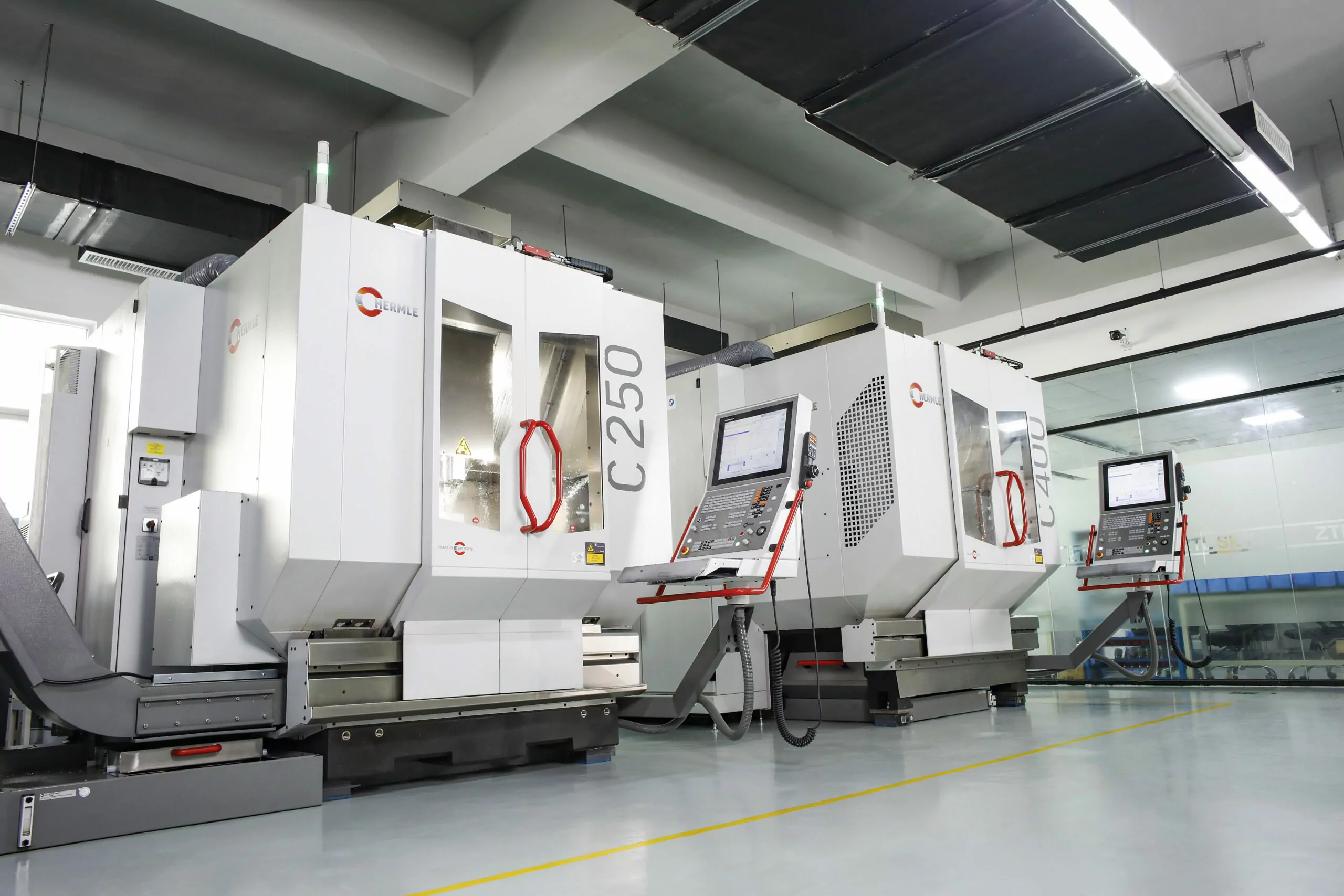The Ultimate Guide to Rapid CNC Machining: From Concept to Finished Product
Body
Introduction
Welcome to the ultimate guide to rapid CNC machining! In this comprehensive article, we will explore the entire process of transforming a concept into a finished product using CNC machining technology. Whether you are new to the world of CNC machining or an experienced professional, this guide will provide you with valuable insights and tips to enhance your understanding and improve your results.

Understanding CNC Machining
CNC machining, short for Computer Numerical Control machining, is a manufacturing process that utilizes computerized controls and precise cutting tools to shape and form various materials into desired shapes and dimensions. It is widely used in industries such as automotive, aerospace, electronics, and more.
The process begins with a concept, which can be a simple sketch or a detailed CAD model. The concept is then translated into a set of instructions that the CNC machine follows to produce the final product. These instructions are typically generated using CAM (Computer-Aided Manufacturing) software, which converts the design into a series of toolpaths and commands.
The Rapid CNC Machining Process
Rapid CNC machining is a subset of CNC machining that focuses on fast turnaround times and efficient production. It is particularly useful for prototyping, small-batch production, and time-sensitive projects. Let's dive into the key steps involved in the rapid CNC machining process:
Step 1: Conceptualization and Design
The first step in rapid CNC machining is to conceptualize your idea and create a design. This can be done using various CAD (Computer-Aided Design) software, where you can create a 3D model of your product. The design should include all the necessary dimensions, features, and specifications.
For example, let's say you want to create a custom smartphone case. You would start by sketching your design or creating a digital model using CAD software. This design will serve as the foundation for the subsequent steps.
Step 2: Material Selection
Once you have a design, the next step is to select the appropriate material for your product. The choice of material depends on factors such as the desired strength, durability, aesthetics, and cost. Common materials used in rapid CNC machining include metals (such as aluminum, stainless steel, and titanium) and plastics (such as ABS, polycarbonate, and nylon).
Continuing with our smartphone case example, you might choose to use a durable and lightweight material like aluminum for its structural integrity and sleek appearance.
Step 3: CNC Programming and Tooling
After finalizing the design and material, it's time to generate the CNC program and set up the necessary tooling. The CNC program contains all the instructions that the machine needs to follow to produce the desired product. It includes information about toolpaths, cutting speeds, feed rates, and other parameters.
Tooling involves selecting the appropriate cutting tools, fixtures, and workholding devices to ensure accurate and efficient machining. The choice of tools depends on factors such as the material, complexity of the design, and desired surface finish.
Step 4: CNC Machining and Finishing
With the CNC program and tooling in place, it's time to start the machining process. The CNC machine will precisely follow the programmed instructions to cut, shape, and form the material into the desired product. This may involve operations such as milling, turning, drilling, and more.
Once the machining is complete, the finished product may undergo additional finishing processes such as polishing, sanding, anodizing, or painting to enhance its appearance and functionality.
Conclusion
In conclusion, rapid cnc machining is a powerful manufacturing process that allows for the efficient production of complex and precise parts. By following the steps outlined in this guide, you can successfully transform your concept into a finished product using CNC machining technology. Remember to pay attention to the design, material selection, CNC programming, and finishing processes to achieve the best results. Now that you have a comprehensive understanding of rapid CNC machining, it's time to unleash your creativity and bring your ideas to life!










Comments